The Oklahoma Military Hall of Fame is excited to announce the 2021 Oklahoma Veterans Film Contest!
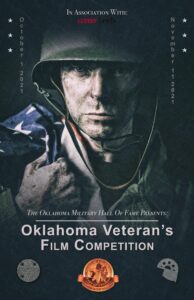 The Oklahoma Military Hall of Fame (OKMHF) and the Oklahoma Career Tech Centers (AKA VoTech) have partnered to provide an opportunity for Veterans to “tell their story” of military service for the record. The initiative will document their experiences on video, produced and directed by the State’s Technical Centers. Students at those Centers across the State will conduct filmed interviews and produce finished products for entry in the statewide Veterans Film competition. The OKMHF will recognize the winners and award cash prizes. This inaugural competition will begin with this school year and run until the end of the semester. It is anticipated that this initiative will continue in the coming years.
The Oklahoma Military Hall of Fame (OKMHF) and the Oklahoma Career Tech Centers (AKA VoTech) have partnered to provide an opportunity for Veterans to “tell their story” of military service for the record. The initiative will document their experiences on video, produced and directed by the State’s Technical Centers. Students at those Centers across the State will conduct filmed interviews and produce finished products for entry in the statewide Veterans Film competition. The OKMHF will recognize the winners and award cash prizes. This inaugural competition will begin with this school year and run until the end of the semester. It is anticipated that this initiative will continue in the coming years.
A copy of the final Technical Center’s veteran’s interview will be entered on the OKMHF’s Oklahoma Honors Campaign website, and a copy of the full interview will be provided to participating veterans for their personal use.
A promotional video explaining this initiative is attached with this message.
So, what would be your role in this initiative? First, I hope that you would enthusiastically support this opportunity for your veterans to “tell their story.” Every veteran has a unique story to tell. If they don’t tell their story, it never happened. That seems be a wasted opportunity, not only for the veteran, but likely also for their family as well. How many of us wish that we had taken the opportunity to discuss the military experiences of our relatives while they were still with us? This effort takes a step in the right direction to make sure that families don’t have to wonder what their veteran did while serving their country.
Second, as Veteran Service Organizations (VSO), we have direct access to the veterans who make up our membership. One of the challenges in this project is bringing together veterans and the students who will conduct the interviews. We hope that you will announce to your state organizations (posts) this initiative and encourage them to participate. That should take care of the identification of veterans willing to take part. At the local level, posts could develop lists and contact information and exchange the information with adjacent Technology Centers on demand. We have identified to Technical Centers that local VSOs are a valuable resource for veteran-related matters, including this effort. The concept is that the interviews will be conducted at the local level, between organizations such as your posts and the nearest Technical Centers (students).
Third, with respect to the Technical Center students who will be conducting the interviews. Many of these students have a limited base of knowledge concerning what military service is all about. They will be provided some basic knowledge and standard military-oriented interview questions to guide them. Nevertheless, your organizations (veterans) may be able to supplement or clarify aspects of military service as the need arises. Additionally, one of the key aspects of student participation is that they will not incur costs. For that reason, student travel will be minimized (i.e. no travel outside the local Technical Center area to distant locations to conduct an interview). Because the Technical Centers are well equipped for video recording and have appropriate facilities for interviewing, it is envisioned that interviews will normally be conducted on site.
As the Technical Centers are in the process of spreading the word to their instructors, it is preferable that your organization get “in the loop” ASAP so that you will not be getting a “cold call” from a Technical Center or student asking you to identify a veteran for them to interview. It would be awkward for your representatives to have no earthly idea what they were talking about. In truth, I believe there is still time to organize before calls begin coming in. Organize now (identify willing veterans) and wait for the call to come later.
Click here to learn how this effort helps veterans “tell their story.”
Please contact us at [email protected], or call 405-269-2251, to verify your organization’s support of this program.
Thanks in advance for helping Oklahoma veterans tell their stories!
Robert S. Cox, Legionnaire, AL Post 129


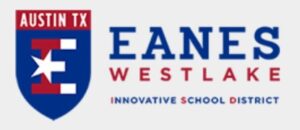
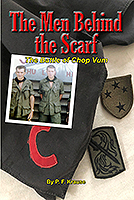
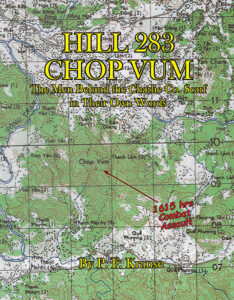
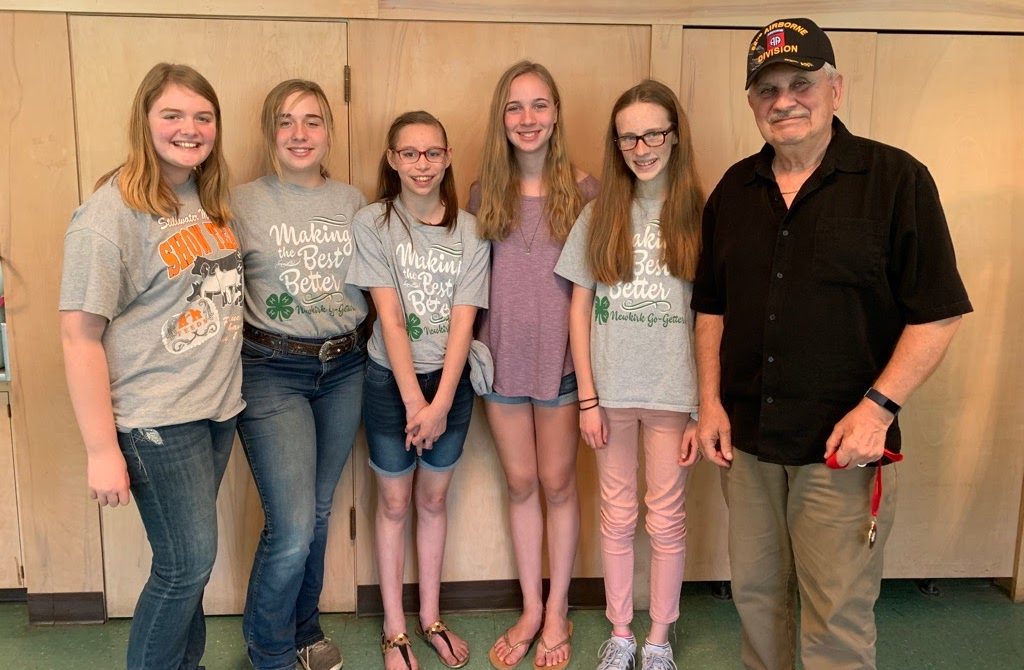
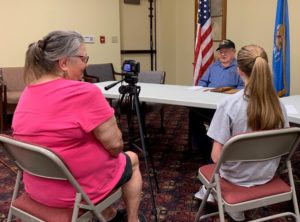
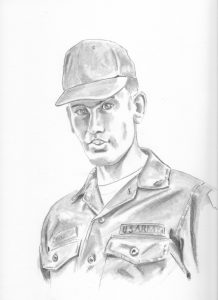 Sgt. Gary Banz, who served 12 years as a legislator after military service, will receive this year’s Douglas O. Dollar Distinguished Service Award for creating the Oklahoma Honor Flights organization in 2009 for World War II veterans.
Sgt. Gary Banz, who served 12 years as a legislator after military service, will receive this year’s Douglas O. Dollar Distinguished Service Award for creating the Oklahoma Honor Flights organization in 2009 for World War II veterans.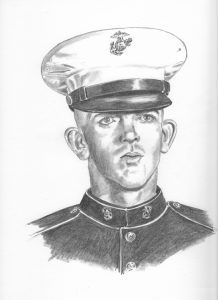 Corporal James T. Johnson was born Aug. 16, 1947 in Wynnewood. After his father’s death, he moved to Davis to support his family as an oil field worker.
Corporal James T. Johnson was born Aug. 16, 1947 in Wynnewood. After his father’s death, he moved to Davis to support his family as an oil field worker.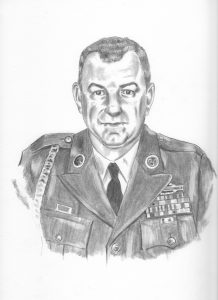 First Lieutenant Lowell E. Jones was born Feb. 8, 1919, in Ada. He enlisted in the Army on Sept. 23, 1941, and served with the 45th Infantry Division in the invasion of Sicily and the invasion of Southern France where he received the Bronze Star Medal and Purple Heart.
First Lieutenant Lowell E. Jones was born Feb. 8, 1919, in Ada. He enlisted in the Army on Sept. 23, 1941, and served with the 45th Infantry Division in the invasion of Sicily and the invasion of Southern France where he received the Bronze Star Medal and Purple Heart.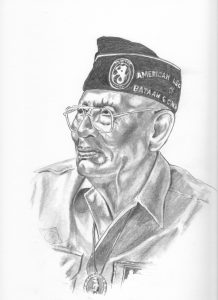 Corporal Phillip W. Coon, a Muscogee Creek Native American, was born May 28, 1919, in Okemah and is a graduate of Haskell Institute in Lawrence, Kan.
Corporal Phillip W. Coon, a Muscogee Creek Native American, was born May 28, 1919, in Okemah and is a graduate of Haskell Institute in Lawrence, Kan.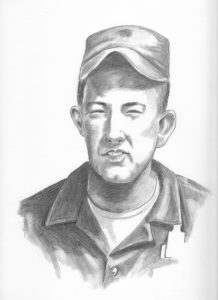 Chief Master Sergeant Donald J. Hall, was awarded two Silver Stars, one posthumously. Born March 26, 1937, in Wichita, Kan., Hall was raised in Stroud, graduating from high school there.
Chief Master Sergeant Donald J. Hall, was awarded two Silver Stars, one posthumously. Born March 26, 1937, in Wichita, Kan., Hall was raised in Stroud, graduating from high school there.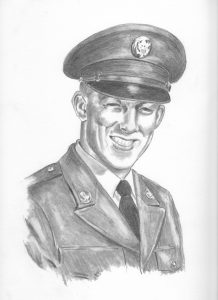 Specialist 4 Willard F. Parish was born June 30, 1941, and grew up in Bristow. He entered the Army in November 1963 and trained as a mortarman.
Specialist 4 Willard F. Parish was born June 30, 1941, and grew up in Bristow. He entered the Army in November 1963 and trained as a mortarman.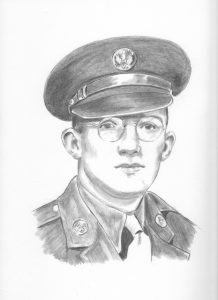 A Marlow native, who was awarded the Medal of Honor posthumously during World War II, will be inducted into the Oklahoma Military Hall of Fame on Oct. 21 in Norman.
A Marlow native, who was awarded the Medal of Honor posthumously during World War II, will be inducted into the Oklahoma Military Hall of Fame on Oct. 21 in Norman.